Winedarkfag - Average Enkidu Enjoyer




More Posts from Winedarkfag and Others
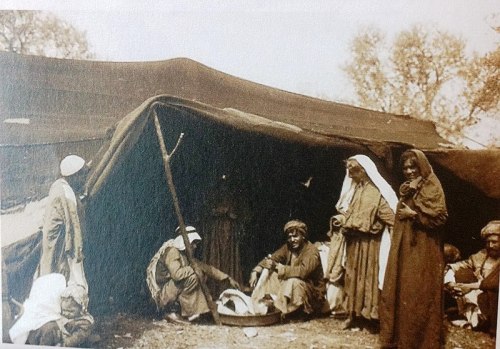






Domari people (middle eastern romani) of Palestine
(1) A domari tent in Jerusalem near the Damascus Gate, 1920s
(2) A domari street circus in Jerusalem, 1905
(3) Domari dancer and musician in Mandatory Palestine, 1930s
(4) Domari settlement at the north of the Damascus Gate, 1914
(5) Domari musician and dancers in Galilee, 1920s
(6) Domari women and children in a domari settlement in Mandatory Palestine, 1920s
7) Domari woman with seashells in the hand to tell fortune, near the sea of Galilee in Palestine, 1930s








Iliad mini-comics, part 2 of 3! here’s part 1. sorry for the long delay–i’ll try to get the last batch done as soon as i can :’)
(featuring the subjectively gayest parts of the iliad, hektor having an extremely bad time, and a guest appearance by hadesgame hypnos!)
more iliad stuff
more ancient studies comics
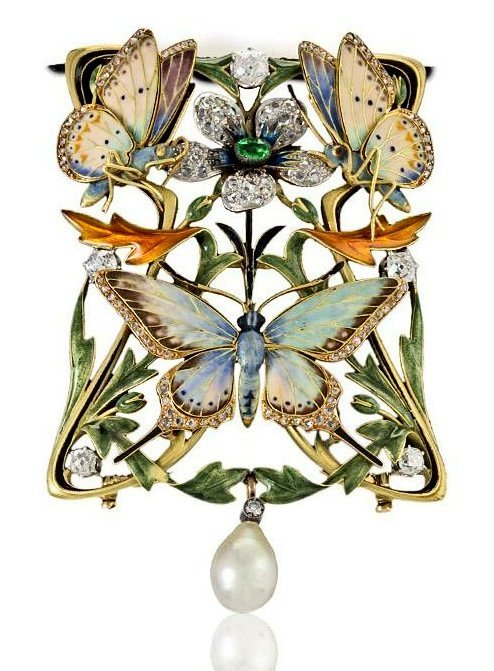
Gold and platinum Art Nouveau plaque-de-cou necklace from 1903 with an emerald and diamonds by Henri Dubret (1872-1947), Paris, France.
📸 Macklowe gallery

Li Shangyin, from When Will I be Home? (tr. by Kenneth Rexroth)



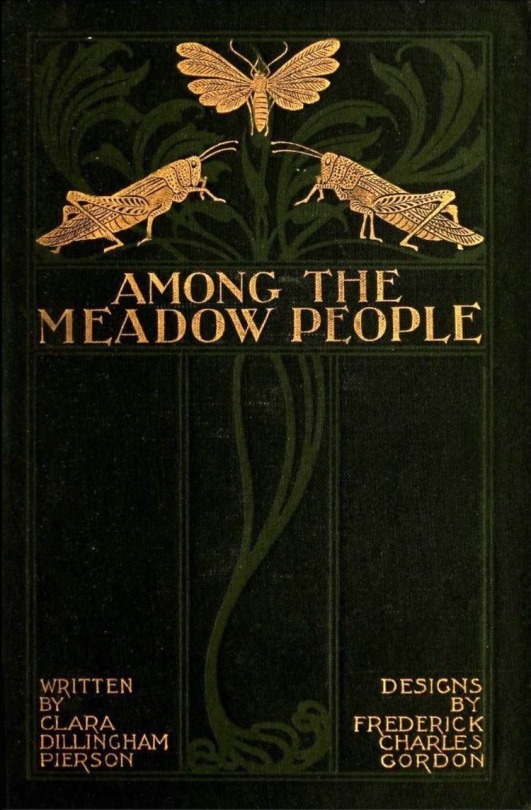

gothic garden entomology vintage book covers
Rabies is an incredibly lethal virus that kills more than 50,000 people globally each year. About 99% of those people who die from rabies were infected by the bite of a dog. This doesn’t mean that dogs are evil, or that they are disgusting, or that they should be eradicated from the planet to prevent the risk of disease transmission to humans. It does mean that we should do everything in our power to promote vaccination efforts, study disease transmission on a local and global scale, and find ways to prevent infected dogs from encountering and biting humans.
Okay, now are you ready to hear my biggest personal biology hot take?
This is pretty much how I feel about ticks carrying Borrelia burgdorferi (the bacteria that causes Lyme disease) and other arthropod disease vectors. Yes, these animals cause unbelievable suffering to humans by inadvertently transmitting disease, but that doesn’t mean they should be portrayed as evil or exterminated entirely from the environment. Ecologists have been speaking for years on how critical these species are within their established trophic webs, and how their removal could have devastating effects to many other organisms including humans. You can still be scared of or grossed out by these animals (very normal response to a potentially dangerous disease vector), but it’s important to understand that the best way for scientists to minimize the risk of these animals is NOT just eliminating them from the environment. No animal is evil or immoral for the ecological niche it fills, and encouraging a more nuanced understanding of these animals can arm us with better ways to minimize their negative impact to humans.
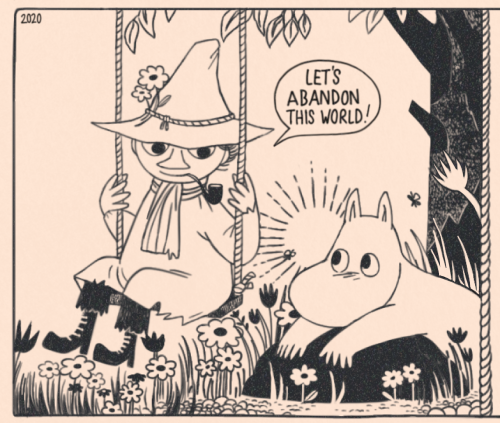


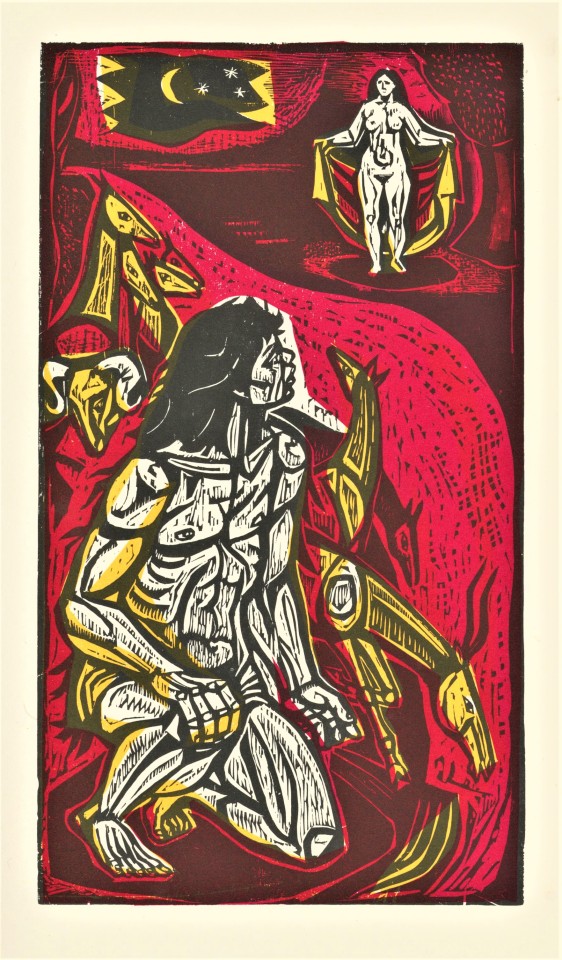
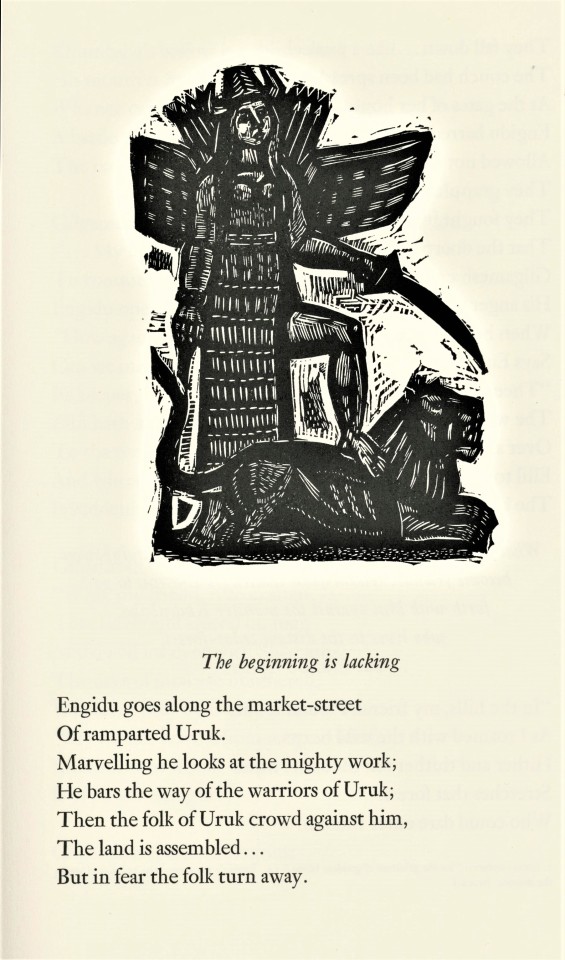
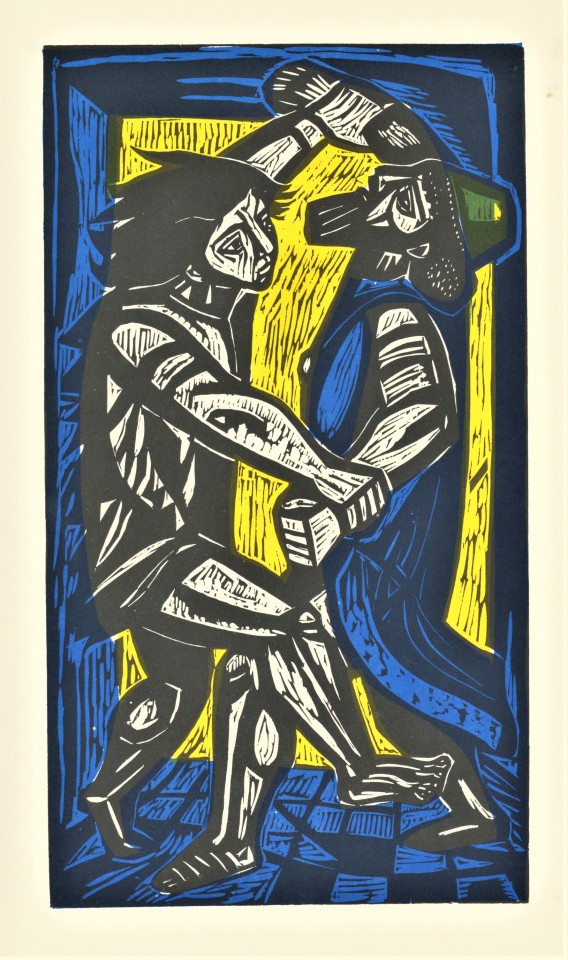

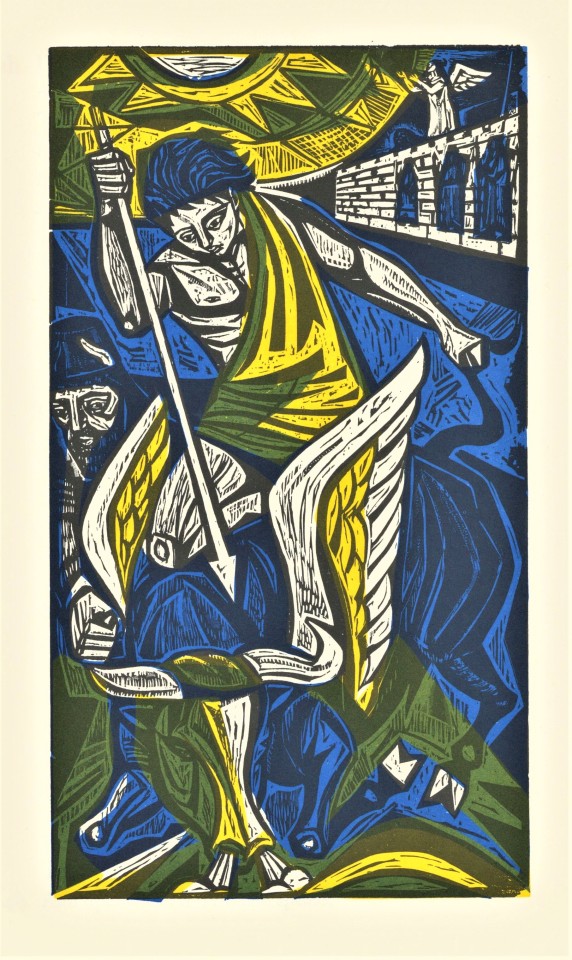

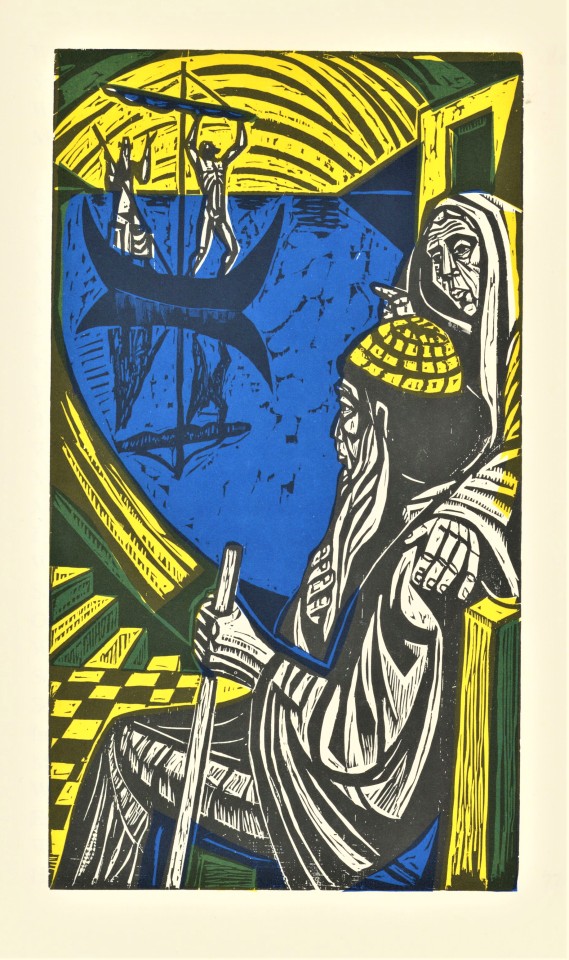

Staff Pick of the Week
A few weeks ago I read the Epic of Gilgamesh for the first time, and despite the fact that the origins of the story are probably from the mid-3rd millennium BCE, and the earliest cuneiform tablets we know the story from date from the late 2nd millennium BCE, the narrative’s emotional frame, and the frank depictions of sex, violence, fear, longing, and friendship, all felt remarkably contemporary to me. Just last week, Gilgamesh came up again in a discussion during a session of my course on the History of Books and Printing. Since Gilgamesh has had a recurring presence in my life this past month, I’ve decided to highlight some images and text from our copy of the Limited Editions Club production of Gilgamesh, translated by William Ellery Leonard and printed in 1974 at The Stinehour Press in Lunenberg, Vermont, in an edition of 2,000 copies.
The book includes nine bold three-color woodcuts and seven black-and-white woodcuts and linocuts by the American visual artist Irving Amen (1918-2011), who also signed the entire edition. The text is printed in the Club’s proprietary eighteen-point Janson type, with thirty-six-point Trump Gravure wedge-serif capitals for the titles. The woodcuts beautifully capture every significant scene in the epic. Click on the images to view the captions.
View more posts on the Limited Editions Club.
View more posts with woodcuts.
View more of our Staff Picks.
– MAX, Head, Special Collections
-
 arewealloststars liked this · 1 month ago
arewealloststars liked this · 1 month ago -
 preachr liked this · 1 month ago
preachr liked this · 1 month ago -
 junohaven liked this · 1 month ago
junohaven liked this · 1 month ago -
 thefurthestthebetter reblogged this · 2 months ago
thefurthestthebetter reblogged this · 2 months ago -
 soakeed-in-bleach reblogged this · 3 months ago
soakeed-in-bleach reblogged this · 3 months ago -
 yanike reblogged this · 4 months ago
yanike reblogged this · 4 months ago -
 kafkaesqueer reblogged this · 4 months ago
kafkaesqueer reblogged this · 4 months ago -
 kafkaesqueer liked this · 4 months ago
kafkaesqueer liked this · 4 months ago -
 levibonk reblogged this · 4 months ago
levibonk reblogged this · 4 months ago -
 abbadoabbadon reblogged this · 5 months ago
abbadoabbadon reblogged this · 5 months ago -
 girlshapedforest reblogged this · 5 months ago
girlshapedforest reblogged this · 5 months ago -
 justsuchsmallhurts reblogged this · 5 months ago
justsuchsmallhurts reblogged this · 5 months ago -
 h-51t liked this · 5 months ago
h-51t liked this · 5 months ago -
 adynamia reblogged this · 5 months ago
adynamia reblogged this · 5 months ago -
 adynamia reblogged this · 5 months ago
adynamia reblogged this · 5 months ago -
 opaquewhitetights reblogged this · 5 months ago
opaquewhitetights reblogged this · 5 months ago -
 taintedt4int reblogged this · 5 months ago
taintedt4int reblogged this · 5 months ago -
 taintedt4int liked this · 5 months ago
taintedt4int liked this · 5 months ago -
 high-ed reblogged this · 5 months ago
high-ed reblogged this · 5 months ago -
 high-ed liked this · 5 months ago
high-ed liked this · 5 months ago -
 welcometomyhellsblog liked this · 5 months ago
welcometomyhellsblog liked this · 5 months ago -
 starsmightshine reblogged this · 5 months ago
starsmightshine reblogged this · 5 months ago -
 levibonk liked this · 5 months ago
levibonk liked this · 5 months ago -
 relativelyjilly liked this · 5 months ago
relativelyjilly liked this · 5 months ago -
 confessional-dashboard liked this · 5 months ago
confessional-dashboard liked this · 5 months ago -
 tattoo-jpg liked this · 5 months ago
tattoo-jpg liked this · 5 months ago -
 nnn-fuckyouthen reblogged this · 5 months ago
nnn-fuckyouthen reblogged this · 5 months ago -
 incitingincidents liked this · 5 months ago
incitingincidents liked this · 5 months ago -
 mxdshovel reblogged this · 5 months ago
mxdshovel reblogged this · 5 months ago -
 mxdshovel liked this · 5 months ago
mxdshovel liked this · 5 months ago -
 b3dheadsupreme liked this · 5 months ago
b3dheadsupreme liked this · 5 months ago -
 trashpanda499 reblogged this · 5 months ago
trashpanda499 reblogged this · 5 months ago -
 nnn-fuckyouthen liked this · 5 months ago
nnn-fuckyouthen liked this · 5 months ago -
 trashpanda499 reblogged this · 5 months ago
trashpanda499 reblogged this · 5 months ago -
 trashpanda499 liked this · 5 months ago
trashpanda499 liked this · 5 months ago -
 full-time-corpse liked this · 5 months ago
full-time-corpse liked this · 5 months ago -
 clearsphereoffutures liked this · 5 months ago
clearsphereoffutures liked this · 5 months ago -
 ak-rye-47 liked this · 5 months ago
ak-rye-47 liked this · 5 months ago -
 5point5litersofblood reblogged this · 5 months ago
5point5litersofblood reblogged this · 5 months ago -
 5point5litersofblood liked this · 5 months ago
5point5litersofblood liked this · 5 months ago -
 canigetuhhhperhaps liked this · 5 months ago
canigetuhhhperhaps liked this · 5 months ago -
 milascenta liked this · 5 months ago
milascenta liked this · 5 months ago -
 jkeclipze liked this · 5 months ago
jkeclipze liked this · 5 months ago -
 nightwinglostforever reblogged this · 5 months ago
nightwinglostforever reblogged this · 5 months ago









